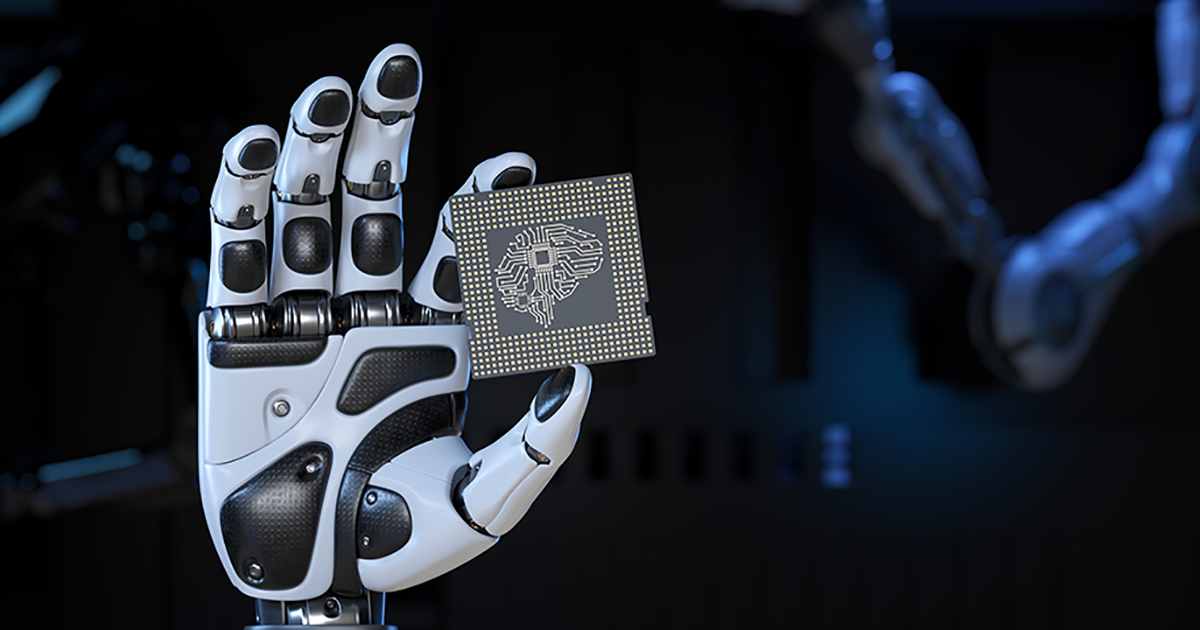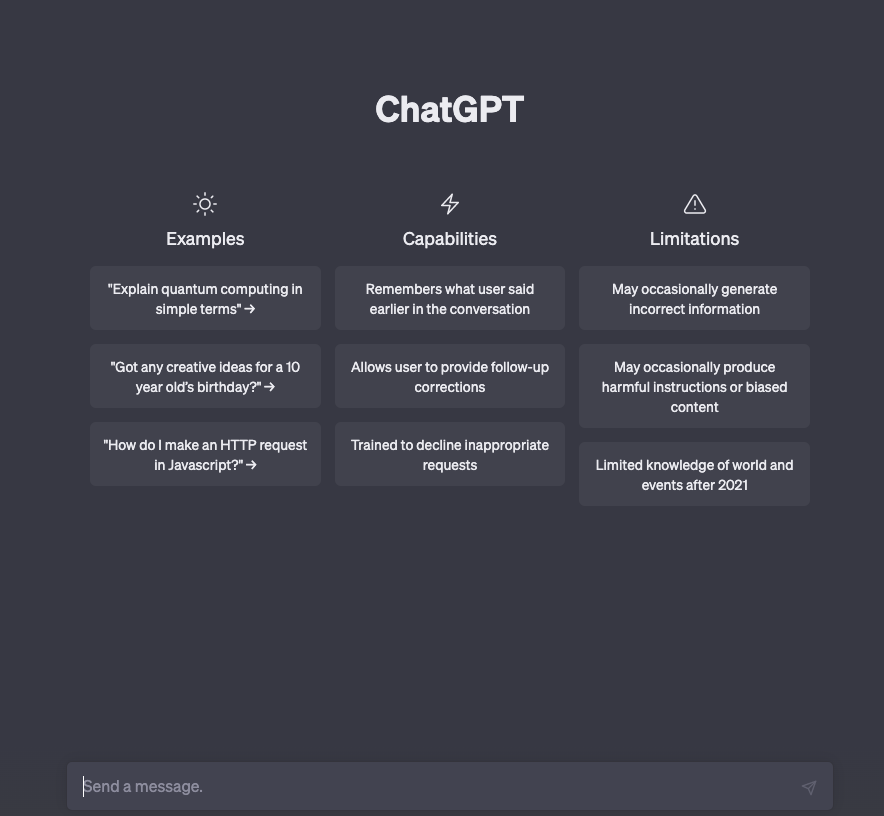
May 2023
ChatGPT: Capabilities and limitations of OpenAI's tool

A scientist created a robot to play with his cat, but when he turned it on, the robot went crazy and started chasing after the cat. After a while, the cat realized that it could control the robot. Now they have fun together as friends.
What you just read is ChatGPT's response to a request I made: write a story about artificial intelligence and cats in forty words... Not bad for a plot generated in seconds.
What is ChatGPT and how does it work?
This chatbot developed by OpenAI generates text responses from questions asked by users using machine learning and neural networks. It has been fed and trained on millions of paragraphs, making it capable of understanding human language with its variations and responding using natural language, in real-time, and very coherently.
It fascinates and impacts, while also leading us directly to the question that is on the minds of a large part of the workforce, especially in digital marketing: Is this the future technology that will replace writers, editors, and translators among others?
How to use ChatGPT?
Go to the ChatGPT website.
Log in or create an account.
Plan what you want to ask carefully.
Let your imagination come up with all the things you want to know.

It's important to note that the AI is constantly learning, and the requests that the user asks for are called "prompts," which is a way of referring to the requests made.
To receive better responses from the AI, try to be detailed in your questions. Here are some examples of “prompts” you can use:
Teach me how to differentiate a function as if I were 5 years old.
Write a poem about death in the style of Edgar Allan Poe.
Explain to me, using apples and pears, how a quantum computer works.
Create a buyer persona for a company that sells pine wood furniture."
So... Should I worry that ChatGTP will replace me?
As we mentioned in the article about AI and design, published on this very blog, one of the keys to artificial intelligence is precisely what it is fed. So here, the long-term paradox would come into play because if a point were reached where all web content were written by an AI tool, it could only feed on what it generated itself... Of course, this is a very distant scenario, because so far, Artificial Intelligences like ChatGPT are becoming tools that reduce time and even mental blocks in our everyday jobs.
Of course, It is not in vain that applications are already developing algorithms that allow the user to detect if a text was generated by an AI, because, for example, in educational contexts, it is more of an obstacle: while ChatGPT generates an essay, the student interacts with his favorite console.
What strengths and weaknesses does ChatGPT have?
Of course, it is not a perfect tool. It has some weaknesses, such as the lack of a critical stance or even the handling of some data that may not be real or accurate; however, these cracks can be reduced if, for example, the way questions are asked is optimized and the AI is asked to act with a certain stance.
In addition, the inconsistencies that are evident will surely be polished as competition inside the AI world appears. Google is not slow to launch Bard, which will be fed by information from the entire network, while ChatGPT only has access to data up to the year 2021.
What's evident is that we are facing an important digital transformation. While it will not be, in the short term, that the human pen will be completely replaced, AI language tools will surely become an essential everyday instrument, just as when knowing how to use a computer or not meant losing or keeping a job.
Author: Gerardo Greaves (CEO)